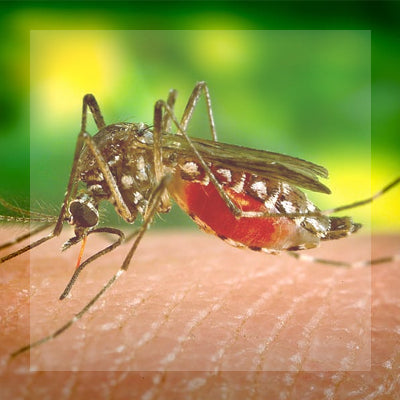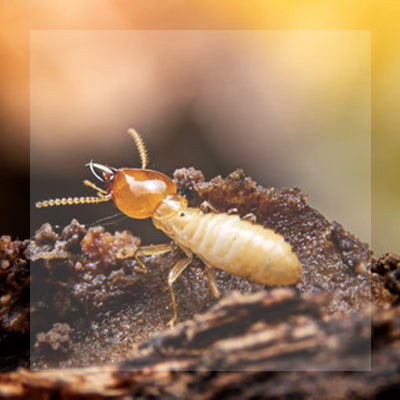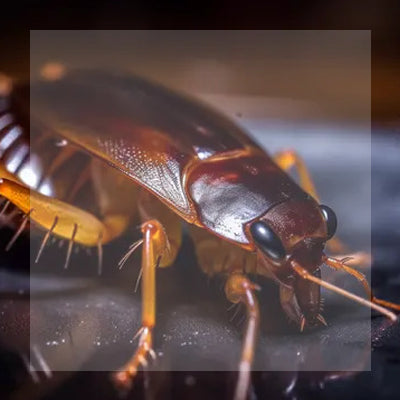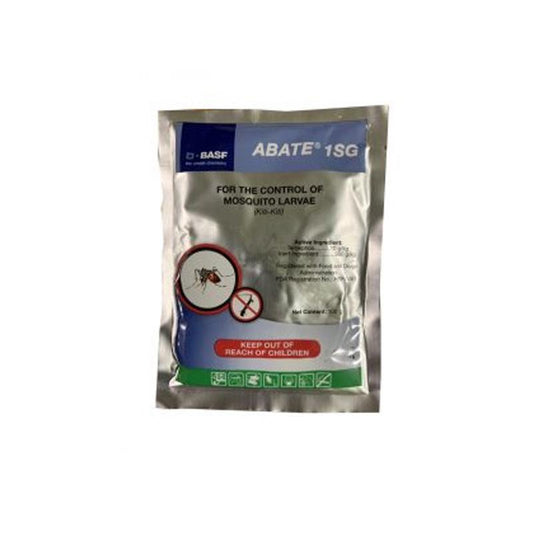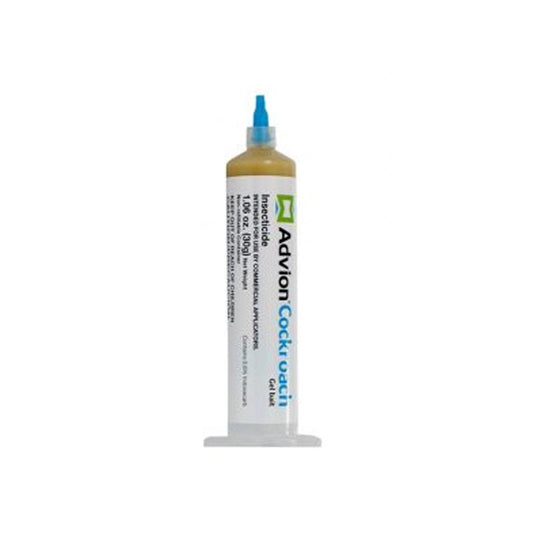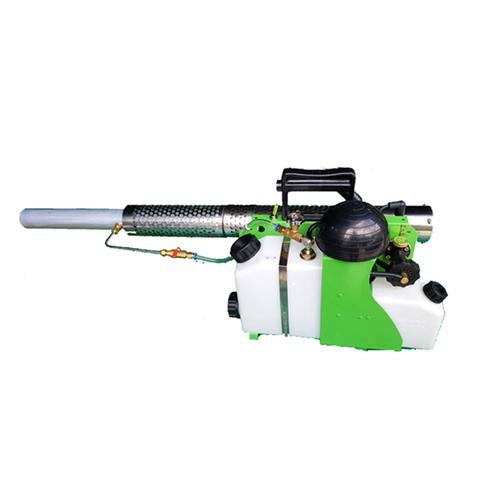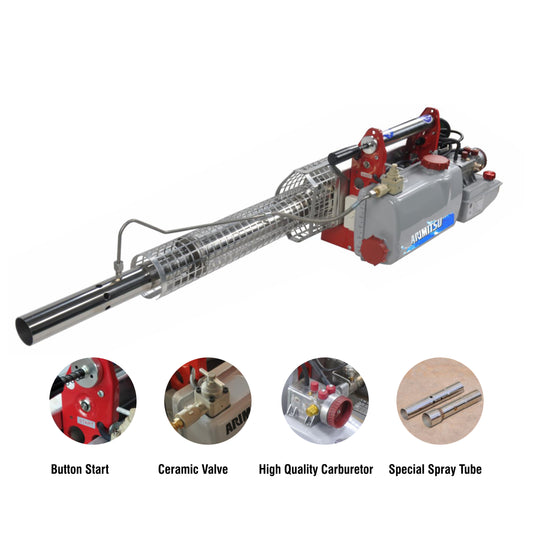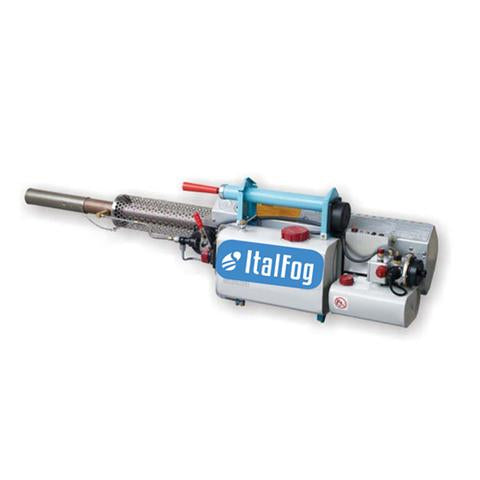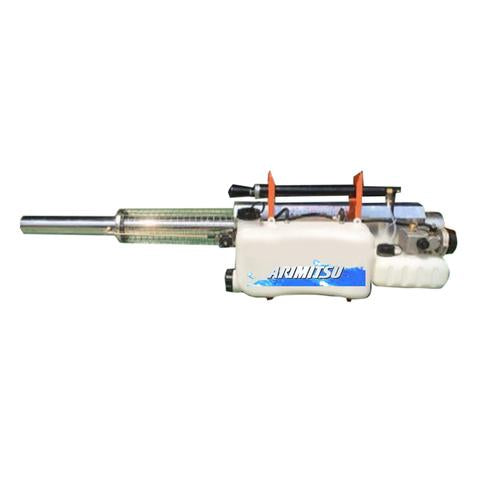



Eco-friendly Pest Control
Organic pest control methods are generally less environmentally damaging, and less toxic to non-targeted insects, mammals and aquatic life. Unfortunately, in our time-starved world, many people simply want the most potent, one application product—no matter what the consequences.
D.I.Y. Pest Control Treatment
How to Get Rid of Roaches
Once cockroaches make themselves at home in a house, it can be very difficult to kick them out. They can snack on your food, damage wallpaper, books, and electronics, and some species of cockroach also spread germs to humans. Serve these pests an eviction notice and keep them from coming back by choosing a bait, insecticide, trap or barrier approach that works best for you.
- Cockroaches must have a source of water. Depending on the temperature and their size, they can live for a month without any food, but no more than a week without water. Find all the water leaks in your house, and fix them. Once their water source(s) have been eliminated, they will be much more interested in eating gel-based baits you set out.
- Clean your house thoroughly. A clean house is key to keeping cockroaches away, and the first place to start is the kitchen. Wash your dishes and put food away promptly after meals. Clean up crumbs and spills right away, and generally keep the area clean. Pay special attention to range tops, as cockroaches love grease.
- Keep food containers sealed, and don’t leave food out for extended periods. Don’t leave dirty dishes out overnight, and don’t leave fruit on the countertop.
- Mop the floor routinely to clean up crumbs and sticky spots. Do not slop water against the walls; remember, they need water.
- Take out the trash regularly. Have one trash can for food in your house. Don’t let it sit for too long. Use a trash can with a lid, rather than one that stays open. Keep it in sealed containers that aren’t sitting right next to your house.
How to Get Rid of Ants in Your House
Prevention Is the Best Cure
The common mistake everyone makes is that they start looking for ways out, when the problem has occurred. Why not prevent its appearance? Especially when it is not that hard. In order to prevent ant infestation, keep to the following tips:
- Keep your house clean, especially the kitchen, as ants get attracted by food sources. Cover attracting substance tightly and clean the furniture surface.
- Sweep the floor after meals, even little messes can attract ants.
- Always cover the foods you don’t hide in fridge. Never leave dirty dishes in the sink. Wash them up after each meal.
- Keep trash cans and bins far from your house. Take the trash out every day.
- Don’t allow moisture to accommodate on counters and other surfaces, as ants keep looking for water out wherever they can find it and stay near its sources.
How to Get Rid of Ants in Your House: Finding the Nest
For those, who want to know how to get rid of ants, looking for their nest is the first step to take. To find the location of their nest, follow the worker ants. Leave a sweet item outside, and after they catch a bite, follow them to the nest. Of course, the procedure requires time and patience, but the result is worth the efforts. When you find the nest, spray boric acid powder between the walls or behind a tile. This will kill all the ants in the nest. Why not use pesticides? The reason is very simple: some ants may hide or run away. If they have pesticide remains on them, they will spread them all over the house.
Top 5 Natural Repellents
- If you don’t manage to find the nest, you can sprinkle cayenne pepper near the opening where ants enter you home. This is the most effective natural repellent.
- One more option is blending water and citrus peelings in a food processor or blender. Lemon peelings are the most effective. However, lemon can also be used in a quite different way: take its juice and mix with water. Pour in a spray bottle and spray the mixture on the places, where you used to see ants.
- Placing instant grits along the path of the ants is another effective repellent. Eating grits ants start dying as grits work as dehydrators, absorbing all the water for ants’ bodies.
- The safest homemade remedy is a mixture of water and white vinegar. Spray the substance along the paths of the ants that are coming to your place.
- Other effective products are cinnamon, pepper, strong perfumes, cream of tartar, tea tree oil, etc. Mixing them with water and spraying all around, you will get rid of ants in a few days. Knowing how to get rid of ants’ population in the house you prevent their armies from destroying the peace of your home.
How to Get Rid of Termites
Out of all the countless insects, rodents, critters and other pests that disturb and discomfort homeowners everywhere, none is more dangerous than the termite. Only termites can single-handedly ruin and destroy a house’s very foundation and character in just a few short years. The first destructive handiwork of termites may not even be noticeable for the first five years after their infestation. By then, it may be too late. Your home is likely the largest investment you have ever made and the most important. Therefore, it is necessary to take the proper steps to protect your home from termites, and to rid your house of them immediately if they have already invaded your property.
- Look for signs of an infestation. You may not see direct evidence of termite infestation, but that doesn’t mean you should remain ignorant of it. Sagging floors, holes in woodwork and hollow parts of your foundation are all serious warning signs of termites. You may actually see the termites themselves, as well.
Take a screwdriver and flashlight with you to your basement, and examine crawlspaces and foundation beams by tapping on the wood to check for hollowness and to push the screwdriver into the wood to test for strength. If the wood gives easily and falls apart, you may have a termite problem on your hands.
When performing this examination, also be sure to keep an eye out for termite wastes. Termite droppings are wood colored or darker brown pellets of excrement. The presence of these droppings near weakened wood could indicate an infestation.
You may also find a termite nest on your property; a subterranean termite infestation will build a system of tunnels and tubes of mud, while a drywood termite infestation will present itself in a nest inside the wood. - Determine the type of termites you have. There are two general types of termites that might infest your home: subterranean and drywood termites. The former are found in both the soil around your home and the wood of your home, while the latter thrive solely in wood (not soil). Subterranean termites are found mostly in warm, coastal regions – primarily California, Texas, Louisiana, Florida, and Georgia. Drywood termites can be found anywhere in the states.
Subterranean termites can be found in wood and compost piles around your home, in addition to the foundational wood.
Subterranean termites typically do much more damage to a home than drywood, and may require different treatment methods.
How to Get Rid of Bed Bugs
- Dismantle the bed and stand the components on end. Things to look for are the bugs themselves and the light-brown, molted skins of the nymphs. Dark spots of dried bed bug excrement are often present along mattress seams or wherever the bugs have resided. Oftentimes, the gauze fabric underlying the box spring must be removed to gain access for inspection and possible treatment. Cracks and crevices of bed frames should be examined, especially if the frame is wood (bed bugs have an affinity for wood and fabric more so than metal or plastic).
Successful treatment of mattresses and box springs is difficult and infested components may need to be discarded.
Alternatively, place a bed bug proof mattress cover over an infested mattress to trap the bed bugs inside and starve them to death. This will eliminate the need to purchase a new mattress/boxspring and make treatment and future inspections easier. (Starving the bugs CAN take up to 400 days, so make sure your cover stays sealed for at least that long.) [1]
Bed bugs also hide among items stored underneath beds. - Empty nightstands and dressers. Examine them inside and out, then tip them over to inspect the woodwork underneath. Oftentimes, the bugs will be hiding in cracks, corners and recesses.
- Check upholstered chairs and sofas. Pay close attention to the seams, tufts, skirts and crevices beneath cushions. Sofas can be major bed bug hotspots when used for sleeping.
- Check other common places. These include along and under the edge of wall-to-wall carpeting (especially behind beds and furniture), cracks in wood molding and ceiling-wall junctures. Bed bugs tend to congregate in certain areas, but it is common to find an individual or some eggs scattered here and there.
- Use a flashlight. Inspectors sometimes also inject a pyrethrum-based “flushing agent” into crevices to help reveal where bugs may be hiding.
Pest Control Products
-
2,4-D Ester | Isobutyl Ester | - Herbicide - Control of Weeds, Sedges and Broadleaf - 1 liter
Regular price ₱960.00Regular priceUnit price / per -
Abate 1SG Temephos Larvicide | Mosquito Dengue | Malaria Control - 100g
Regular price ₱780.00Regular priceUnit price / per -
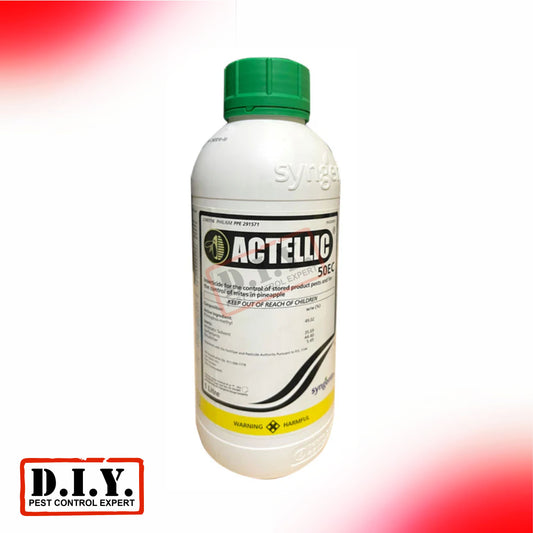
Actellic 50EC | Primiphos Methyl | Stored Product Pest | Snake Control | Fogging | Misting - 1 liter
Regular price ₱6,600.00Regular priceUnit price / per -
Advion Cockroach Gel Bait | Indoxacarb | Cockroach Control - 30g
Regular price ₱1,950.00Regular priceUnit price / per
Pest Control Equipment
-
ARIMITSU P-FN M Thermal Fogging | Misting Machine
Regular price ₱118,888.88Regular priceUnit price / per -
ARIMITSU BW-30P (Upgraded Version) | Thermal Fogging | Misting Machine
Regular price ₱108,888.88Regular priceUnit price / per -
ITALFOG TSU Thermal Fogging | Misting Machine
Regular price ₱98,888.88Regular priceUnit price / per -
ARIMITSU 6HYC-60A Thermal Fogging | Misting Machine
Regular price ₱84,888.88Regular priceUnit price / per

